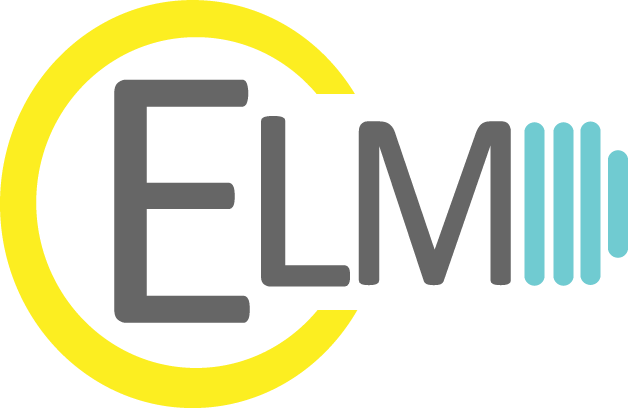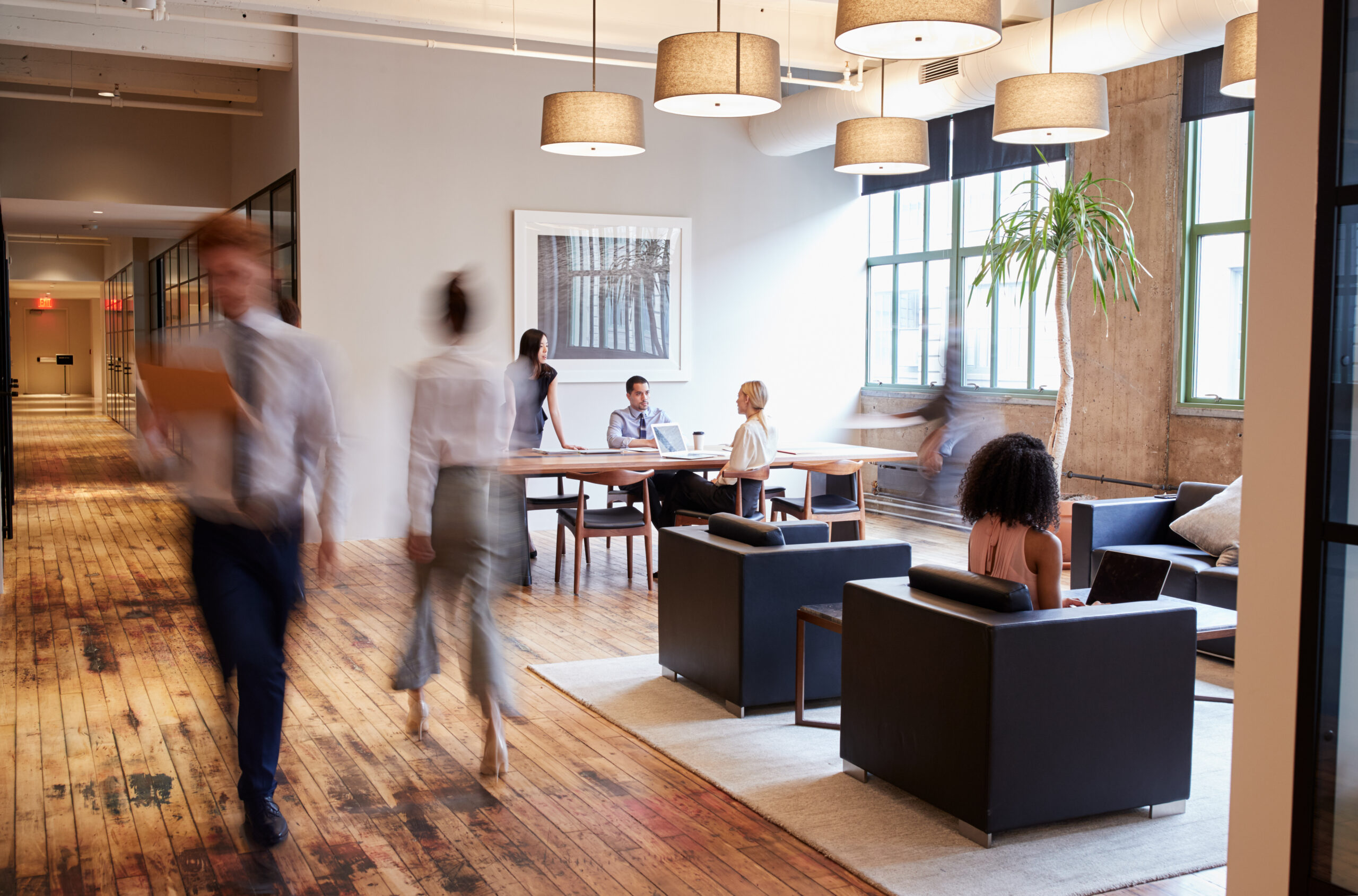While there have been several false starts, the much-anticipated return to work is now on the upswing with many companies quickly trying to find the middle ground between in-person, fully remote, and hybrid work environments. In a study from September of this year, Cushman & Wakefield found that 40% of all global office workers have returned to the office. Furthermore, they expect most of the remaining workers to re-enter workspaces in the first quarter of 2022. Countless articles and studies have discussed productivity and employee morale, but questions about the “new normal” still remain unanswered. Experts are predicting that many companies will mismanage remote vs. in-person work dynamics. By contrast, the logistical challenges of providing enhanced cleaning while realizing utility savings as employees return to work have straightforward solutions. As people return, health and safety are top priorities. With employees and employers placing higher expectations on “healthy buildings,” there are several measures property owners/managers can enact to make office occupants feel comfortable.
The first logistical issue on everyone’s mind is the need for additional cleaning and sanitizing in the office space. According to a JLL Global survey, over 50% of workers felt they were not safe from COVID in the office. For building owners or facility managers, there are several different options available to meet the challenges posed by COVID. The first and most obvious solution is more frequent cleaning. The CDC recommends cleaning high-touch surfaces at least once a day; however, the costs for these increased visits from your cleaning service will add up very quickly. Electrostatic spraying or fogging is a second option. However, this cleaning method requires that only the person applying the chemical (and wearing appropriate PPE) be in the space for the application. Before others can enter the room, any chemical residue must be removed from the space as it can pose health risks. The ongoing costs of chemical-based solutions combine with the inherent health risks of chemicals to render these options counter-productive to “healthy building” efforts.
R-Zero’s disinfection ecosystem offers a third cleaning and disinfection option that allows for hospital-grade disinfection without the use of chemicals. R-Zero’s flagship device, Arc, utilizes UV-C light, which has been proven effective against pathogens for over 100 years. UV-C light eliminates pathogens by destroying their ability to replicate their DNA. By neutralizing pathogenic threats, Arc resets microbial risk to zero in unoccupied rooms. Arc also helps reduce costs by minimizing the need for chemicals and manual labor. The highly effective Arc device is easy to use and maneuver. ELM Consulting, a firm specializing in helping clients deliver energy efficiency and healthy buildings, recommends seriously considering this option. Charlie Benzyk, ELM’s Principal Consultant says, “We can learn a lot from our children, who have already been ‘back at work’ for the better part of the last year. Similar to standard efficiency projects, some of the most progressive school districts are implementing UV-C light to realize immediate health benefits as well as long term maintenance and material cost savings.”

Some of R-Zero’s customers in the education sector provide excellent illustrations of how R-Zero’s solutions can contribute to “healthy buildings” initiatives. The Clark County School District in Nevada is the 5th largest in the country. R-Zero’s UV-based technology is a key component of their 9-point plan for healthy buildings. Their facilities team has currently deployed 376 of R-Zero’s Arc UV-C units for regular use in high-traffic areas, such as restrooms. Another customer, North Monterey County Unified School District, is also utilizing UV-C light as part of their 4-point plan for school cleanliness. The district’s Director of Facilities says, “Incorporating Arc has allowed us to add a critical layer of protection and accountability across our district facilities. Implementation of R-Zero’s UV-C technology has been ‘hassle-free’ for our custodial teams, and the short cycle times reduce labor costs associated with increased disinfection protocols.” These school districts are leveraging the devices’ IoT connectivity to achieve understanding of efficacy. The connectivity enables real-time, room-by-room reporting, which helps reassure facilities managers and employees that their workspaces have been disinfected. What makes R-Zero different from other UV lighting technologies is two-fold: first, maximized light output, which translates to deactivated viruses and bacteria, and second, an automatically-generated disinfection “audit trail,” which uses built-in LTE technology.
A second logistical point building owners/managers should consider is potential utility savings. While offices remain at less than full capacity, it behooves building owners/tenants to consider potential upgrades that will have amplifying benefits when spaces aren’t full. For example, advanced lighting control systems go beyond simple occupancy sensors and can help minimize electrical costs in unused areas of the office-based on predefined scenes and schedules. While you may have missed out on the window for submitting your LED lighting upgrade package this year, you can now consider adding networked lighting controls (NLC) in 2022 for improved incentives from your utility provider. Building owners, operators, and occupants should consider a plan that allows building systems to modulate in order to maximize energy efficiency under any operating conditions. Transforming an existing building into a “smart building” is a step-by-step process that requires strategic planning. Working with an energy consultant like ELM Consulting will help ensure you are receiving the maximum incentives while creating a system that will work best for your bottom line and building occupants. Utility incentives plus savings created through updates could help offset costs and or losses caused by the pandemic.
As more of us return to the office, new questions and problems are bound to arise; however, there are several steps building owners and managers can take to ease the process. With the focus on healthy buildings, we also expect to see a strong shift toward WELL building certification. WELL aims to advance human health through design interventions and operational protocols and policies and foster a culture of human wellness. WELL is currently in use by over 4,000 projects in more than 60 countries, encompassing over half a billion square feet of real estate. While the WELL certification process may be in-depth, the latest version, WELL v2 has already proven itself to be scalable, inclusive, and adaptable, pushing more organizations to deliver thoughtful and intentional spaces. Our goal at ELM Consulting is to provide our clients with an understanding of the most up-to-date technology to ensure high-level building performance. Working with building owners, managers, or tenants our knowledge of a broad spectrum of topics including R-zero, utility incentives, or green construction allows us to meet these new challenges head-on and adapt to shifts in the CRE sector.

